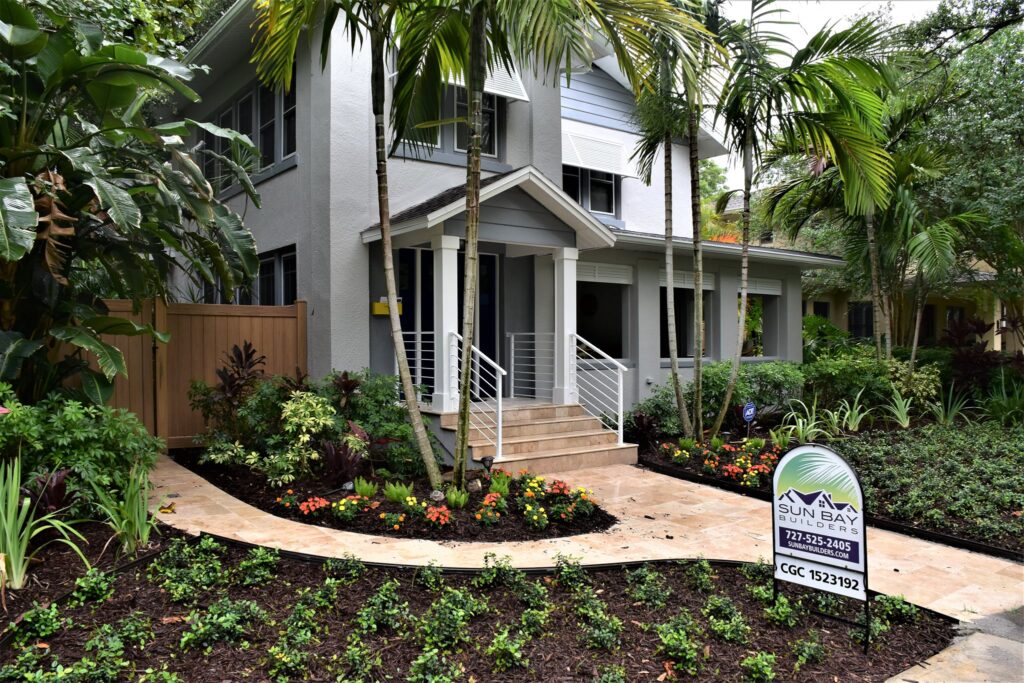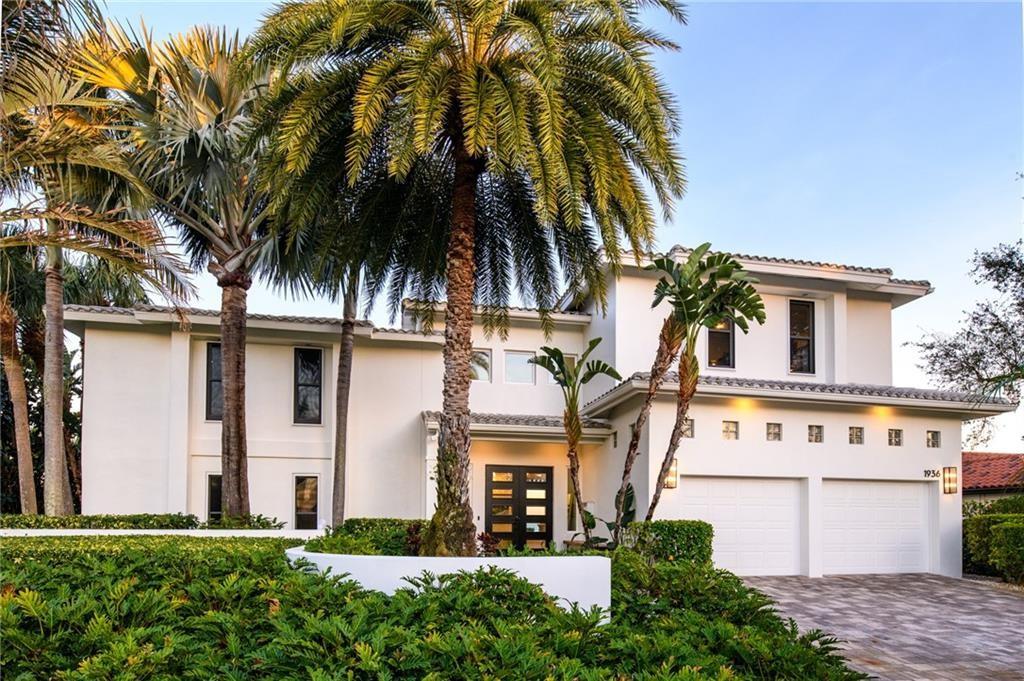
Environmental conditions create unique landscaping challenges for Florida homeowners – but also offer opportunities to truly boost your home’s curb appeal.
Florida is known for its beautiful weather and lush greenery, making it the perfect place for homeowners to create stunning landscapes. However, landscaping in Florida comes with its own set of challenges due to the unique climate and soil conditions. If you are a Florida or Tampa Bay homeowner looking to revamp your landscape, here are some tips to help you get started.
Choose Native Plants
One of the most important things to consider when landscaping in Florida is selecting native plants. Native plants are well-adapted to the local climate, soil, and rainfall patterns, which means they require less maintenance and water. Some popular native plants that thrive in Florida include Sunshine Mimosa, Coontie Palm, Firebush, and Walter’s Viburnum.
Consider Water Efficiency
Water conservation is crucial in any landscape design, especially in a state like Florida known for its water scarcity issues. Install an irrigation system that includes a rain sensor and drip irrigation to ensure optimal water usage. Grouping plants with similar water requirements together can also help reduce wastage. Additionally, consider incorporating water-saving features such as rain barrels or a rain garden to collect and utilize rainwater.
Provide Shade
Florida’s scorching heat can be challenging for plants and outdoor spaces alike. Incorporate shade structures in your landscape design to provide relief from the intense sun. Planting trees strategically to offer shade to your home and outdoor areas can also help reduce cooling costs and create comfortable outdoor living spaces.

Manage Soil pH and Quality
Florida’s sandy soil, especially near coastal areas like St. Pete and Tampa Bay, poses challenges for growing plants as it drains quickly and lacks essential nutrients. Conduct a soil test to determine its pH level and nutrient content. Based on the results, amend the soil with organic matter such as compost or peat moss to improve its quality. Adding mulch around plants can help retain moisture in the soil and prevent weed growth.
Consider Hurricane Resistant Landscaping
Living in Florida means being prepared for hurricane season. When planning your landscape, choose plants and trees that can withstand strong winds. Palms, oaks, and cypress trees are known for their durability during storms. Avoid planting trees close to your home or power lines to reduce the risk of damage.
Think Long-Term
Creating a landscape is an investment, so it’s essential to think long-term. Choose plants that have a slow growth rate to minimize pruning and maintenance needs. Consider the mature size and shape of the plants to ensure they complement your overall design. Regular pruning and maintenance will keep your landscape looking neat and well-maintained.
In conclusion, landscaping in Florida offers homeowners an opportunity to create stunning, sustainable outdoor spaces. By considering native plants, water efficiency, shade, soil quality, hurricane resistance, and long-term planning, you can design a beautiful and functional landscape that thrives in Florida’s unique climate. Remember to consult with a local landscaping professional or extension service for personalized advice tailored to your specific area and needs. Happy landscaping!







